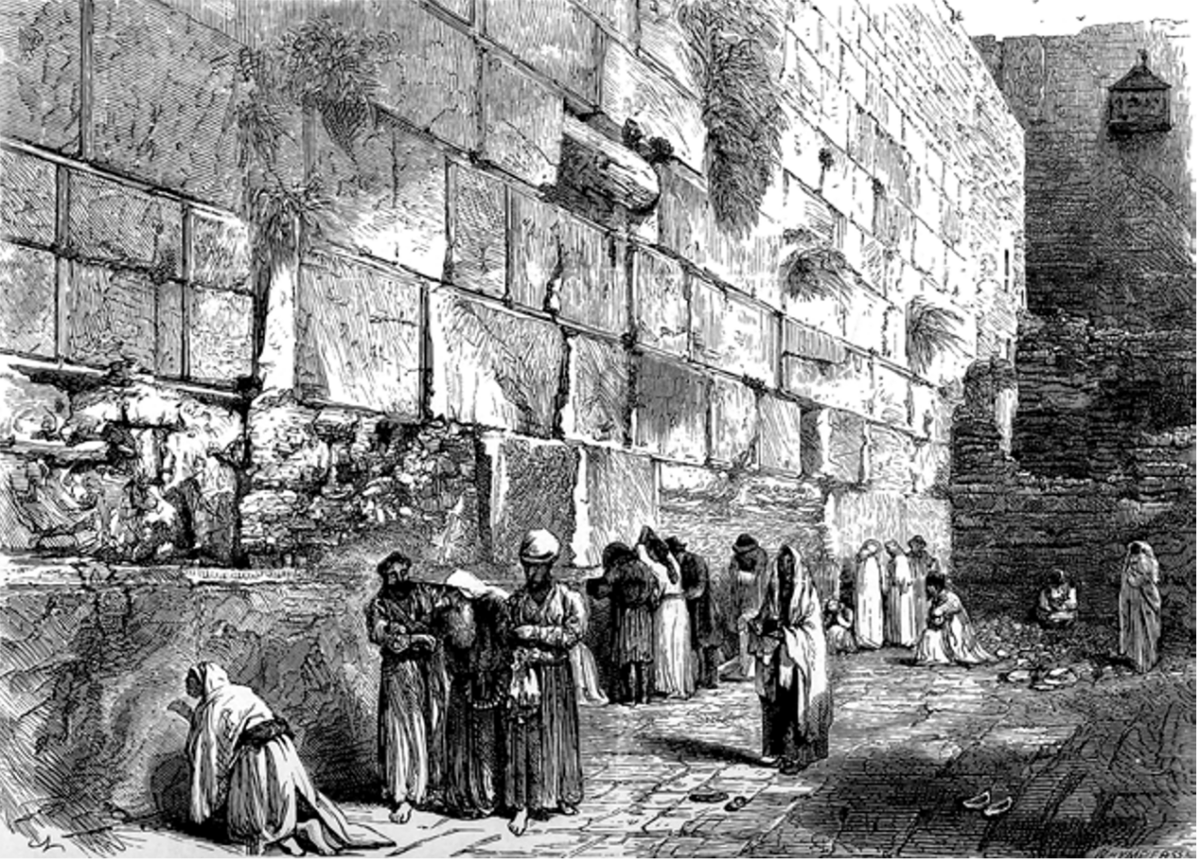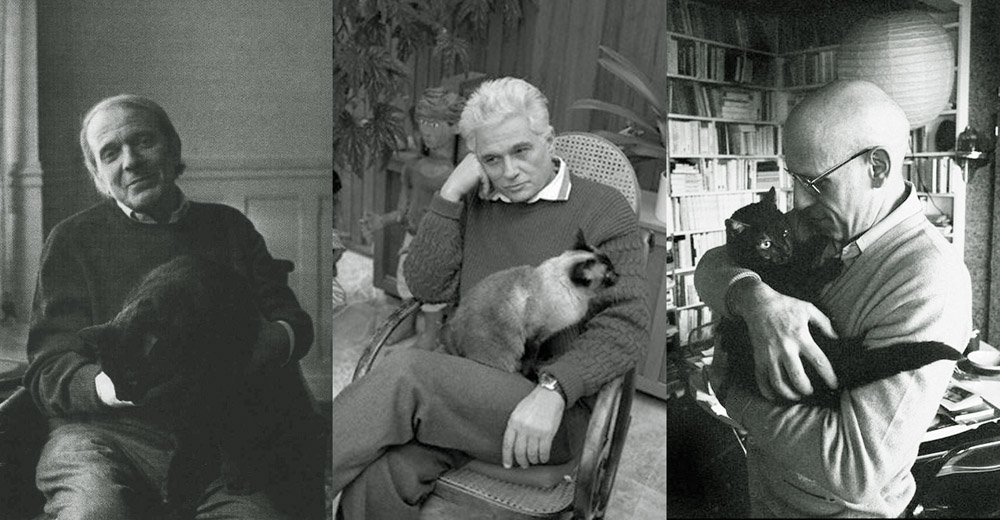How the Israeli “ultra-left” nearly tore the nation apart (follow 🧵) The Kaplan Force phenomenon, the anti-Netanyahu protest movement and its allied galaxy, represents more than just a simple political contestation: for its detractors, it embodied a systematic strategy of national division, pressure against the State, and — in its excesses — an aggravating factor in the security failures of October 7. Here’s how, according to this reading, the “ultra-left” nearly precipitated Israel into chaos.🧵

1. Dividing the State Around the Judicial Reform — A Signal to the Enemy
The Kaplan movement was born in the contestation of the government's judicial reforms (2023), with targeted actions: road blockades, “siege” of the airport, symbolic paralysis — all signs of organized civil disobedience. For its opponents, what was supposed to remain an internal reform became the prism through which the entire society was fragmented. By advocating institutional sedition, especially by insinuating that reservists might refuse to serve, the movement would have sent a catastrophic signal: that of the weakness of national consensus and a potentially disobedient army. Some commentators put it bluntly: “Hamas, seeing Israel implode from within, understood that the ground was ripe for attack.” In other words, this is not just an institutional battle: it is a strategy of destabilization. And when the roots of national trust waver, the enemy has only to drive the nail in.
The Kaplan movement was born in the contestation of the government's judicial reforms (2023), with targeted actions: road blockades, “siege” of the airport, symbolic paralysis — all signs of organized civil disobedience. For its opponents, what was supposed to remain an internal reform became the prism through which the entire society was fragmented. By advocating institutional sedition, especially by insinuating that reservists might refuse to serve, the movement would have sent a catastrophic signal: that of the weakness of national consensus and a potentially disobedient army. Some commentators put it bluntly: “Hamas, seeing Israel implode from within, understood that the ground was ripe for attack.” In other words, this is not just an institutional battle: it is a strategy of destabilization. And when the roots of national trust waver, the enemy has only to drive the nail in.

2. Taking hostage families “politically hostages”
When the October 7 attack occurred, everything changed completely. The hostage families became the emotional heart of the entire nation. But it was precisely there that the Kaplan movement and its allies saw an opportunity: to transform the human tragedy into a political weapon. They put pressure on the government, demanding not only the release of the captives—a legitimate demand—but also the fall of the Prime Minister, as if one could not happen without the other. This shift—from a humanitarian demand to a political condemnation—fractured the national front. The massive demonstrations—sometimes arbitrary, sometimes provocative—served to stigmatize Netanyahu. And in a context of war, the line between a “peaceful” demonstration and moral sabotage becomes thin.
When the October 7 attack occurred, everything changed completely. The hostage families became the emotional heart of the entire nation. But it was precisely there that the Kaplan movement and its allies saw an opportunity: to transform the human tragedy into a political weapon. They put pressure on the government, demanding not only the release of the captives—a legitimate demand—but also the fall of the Prime Minister, as if one could not happen without the other. This shift—from a humanitarian demand to a political condemnation—fractured the national front. The massive demonstrations—sometimes arbitrary, sometimes provocative—served to stigmatize Netanyahu. And in a context of war, the line between a “peaceful” demonstration and moral sabotage becomes thin.

3. Hamas as the Emotional Puppeteer
When Israel intensified pressure on Hamas—whether through military operations, reprisals, or threats—the terrorist organization responded with a formidable reflex: the media staging of the suffering hostage. Images, videos, dramatic testimonies—all of this relayed to reignite indignation, create an emotional shock, and revive anti-government demonstrations. Thus, every Israeli escalation served as fuel for internal contestation. Hamas became, in effect, an “invisible ally” of the Kaplan movement: the more Israel pressed, the more internal anger was reignited.
When Israel intensified pressure on Hamas—whether through military operations, reprisals, or threats—the terrorist organization responded with a formidable reflex: the media staging of the suffering hostage. Images, videos, dramatic testimonies—all of this relayed to reignite indignation, create an emotional shock, and revive anti-government demonstrations. Thus, every Israeli escalation served as fuel for internal contestation. Hamas became, in effect, an “invisible ally” of the Kaplan movement: the more Israel pressed, the more internal anger was reignited.

4. The ultra-left hinders liberation to rally pressure
In this logic, all exerted pressure was not only aimed at terrorism but also at politically weakening the government. Thus, protesters demanded bold—sometimes premature—actions in the negotiation process, risking the dilution or delay of strictly military or counter-terrorism offers. For its critics, the Kaplan movement diverted national effort into an internal duel: instead of uniting against Hamas, it discredited the government. This slowed down a united front against the enemy.
In this logic, all exerted pressure was not only aimed at terrorism but also at politically weakening the government. Thus, protesters demanded bold—sometimes premature—actions in the negotiation process, risking the dilution or delay of strictly military or counter-terrorism offers. For its critics, the Kaplan movement diverted national effort into an internal duel: instead of uniting against Hamas, it discredited the government. This slowed down a united front against the enemy.

5. The Paroxysm of Symbolic Betrayal: The Booing During the Announcement
The most painful symbol of this mental rupture is undoubtedly the episode at Hostages Square in Tel Aviv. When Witkoff and Kushner intervened to announce a partial release, instead of a unified acclamation, a portion of the crowd—encouraged by the ultra-left—booed the name of the Prime Minister. This moment of national shame, in this dramatic context, crystallizes the accusation: partisan interest has taken precedence over national dignity.
The most painful symbol of this mental rupture is undoubtedly the episode at Hostages Square in Tel Aviv. When Witkoff and Kushner intervened to announce a partial release, instead of a unified acclamation, a portion of the crowd—encouraged by the ultra-left—booed the name of the Prime Minister. This moment of national shame, in this dramatic context, crystallizes the accusation: partisan interest has taken precedence over national dignity.

According to this vision, the Kaplan movement—and more broadly what is called “the left” in this framework—did not simply engage in politics: it played a role in the psychological fracturing of the State. It exploited institutional flaws to sow doubt It transformed human drama into a political lever It aligned itself, whether deliberately or as a collateral effect, with the Hamas media mechanisms It obstructed national unitary action And at the very moment when the nation should have come together, it opened the door to mockery and jeers against the head of state. Whether one agrees with this vision or not, it has the merit of raising a serious accusation: ideological betrayal in a moment of national crisis.
• • •
Missing some Tweet in this thread? You can try to
force a refresh






















